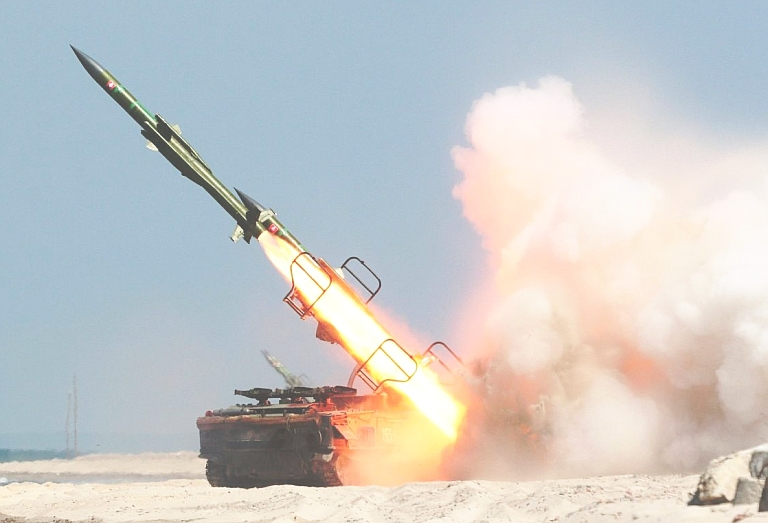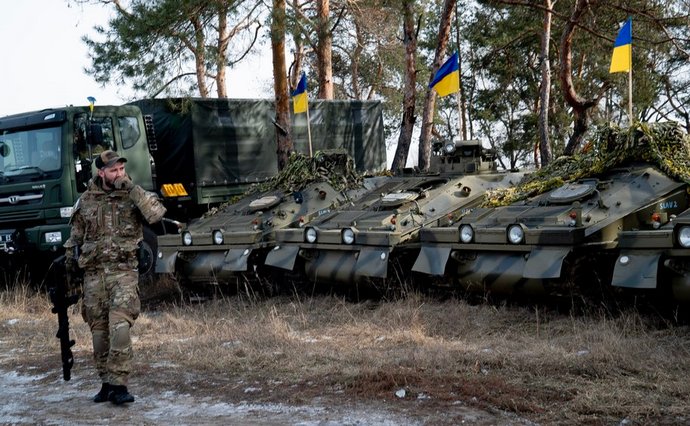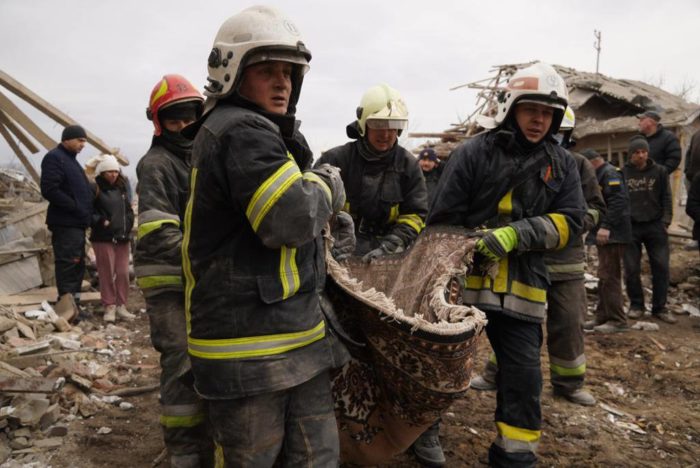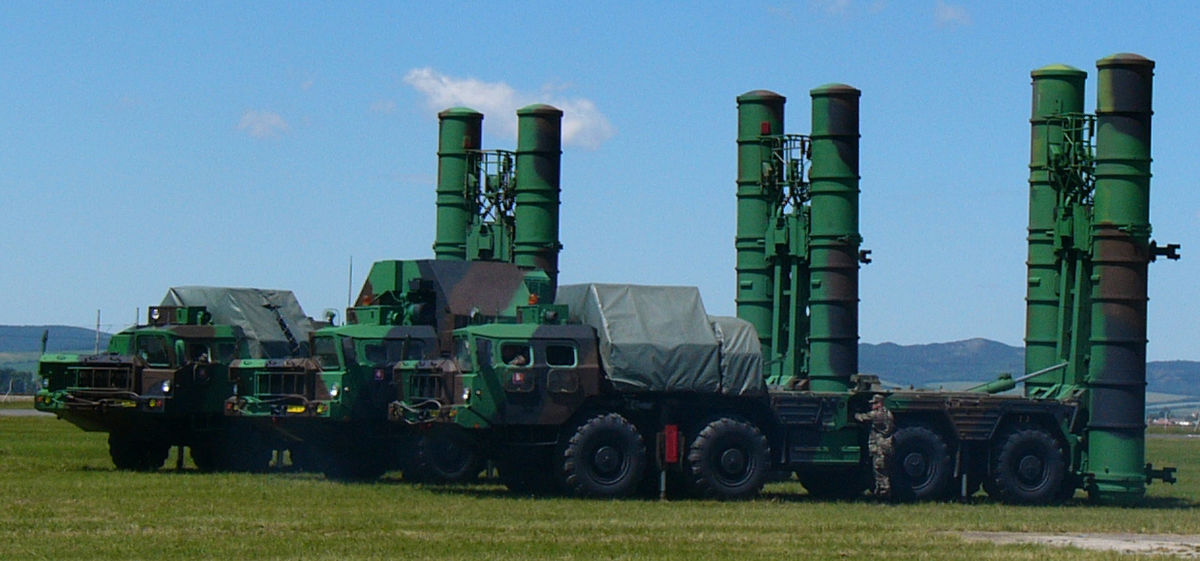Preparing with limited resources before the invasion
“Of course, we were preparing, although it is impossible to be 100% prepared,” says Serhiy Shevchuk.
Since the beginning of the war in 2014, the Russian army had not used air strikes. However, it was clear that one day, a full air war would begin, and Russia would employ aviation and missiles.

Up to 2013, Ukraine had air defense equipment but much of it was out of order.
“On paper, we had several hundred anti-aircraft missile systems, but in reality, their condition was… inadequate,” Shevchuk admits. “During the reduction of the Armed Forces in the 1990s and 2000s, some equipment was withdrawn from combat duty or sold off.”
Since 2014, existing Ukrainian air defense systems underwent modernization and repairs, and some new equipment was purchased. However, fully re-arming with modern systems was cost-prohibitive. Therefore, Ukraine focused on upgrading and adapting existing equipment, while training personnel and forming new air defense units.
There are no absolutely good or bad systems, Shevchuk emphasizes. Each has strengths and weaknesses. The key is training crews to use their equipment most effectively.
Developing command and control systems using IT technologies became crucial, allowing relatively inexpensive upgrades to transform outdated Soviet equipment into a more responsive, integrated air defense network.
Rapid coordination and reaction times are vital for air defense, which relies on many synchronized elements – radar operators detecting targets, command centers assessing threats and directing responses, missile resupply teams, etc. When hundreds of personnel must work in unison against fast-moving airborne threats, efficient management and communications are essential.
As Russia built up forces along Ukraine’s borders, commanders recognized the likelihood of an imminent invasion and prepared counterattack plans accordingly.
Withstanding the initial strikes
“It started for me as it did for everyone else, at 4 a.m. on the 24th [February],” Shevchuk recalls. As the senior commander on duty that night, he was at his post when the invasion began.
Around four o’clock in the morning, he awoke to the sound of jet engines—Ukrainian aircraft being scrambled to avoid incoming missiles.
“I quickly went to the command center and saw cruise missiles incoming from the Black Sea toward western Ukraine along the Transnistria corridor,” he describes. His own air defense units immediately deployed to meet the attack.
Russia failed to destroy Ukraine’s air defense. Blitzing defensive sites to open air superiority for unhindered airstrikes is crucial in modern offensives. But Ukraine kept anti-aircraft units intact to resist airborne assaults.
“Yes, there were losses, this is war… Unfortunately, we lost personnel and equipment,” Shevchuk acknowledges. “But we reacted and withstood the first blow. Like in sports, surviving the initial onslaught is key. Afterward, you understand the situation and know how to respond.”
Adapting new countermeasures, even using WWII weapons
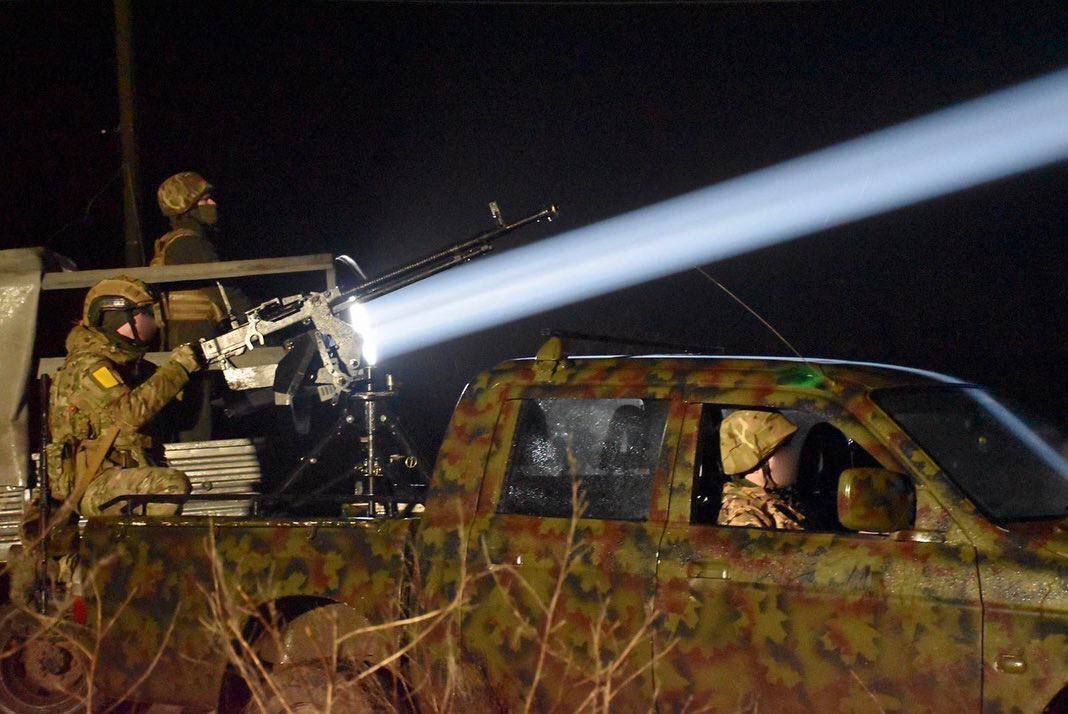
Ukraine constantly develops countermeasures against each new Russian weapon and tactic, Shevchuk explains. The Russians analyze the response and adjust in turn. With Shahed drones, for example, initial Ukrainian defenses were inadequate. By quickly gathering information and assessing failures, improved countermeasures emerged.
“We remembered WWII anti-aircraft searchlights—we restored them to service along with anti-aircraft guns and machine guns. These have proven effective against Shaheds,” says Shevchuk. “At each stage, we learn which systems work best against current threats. Even WWII Maxim machine guns are potent Shahed killers now. As Russians say: the granddads fought… we use everything.”
Intercepting Shaheds mid-air makes tremendous noise due to explosions versus impacts on the ground.
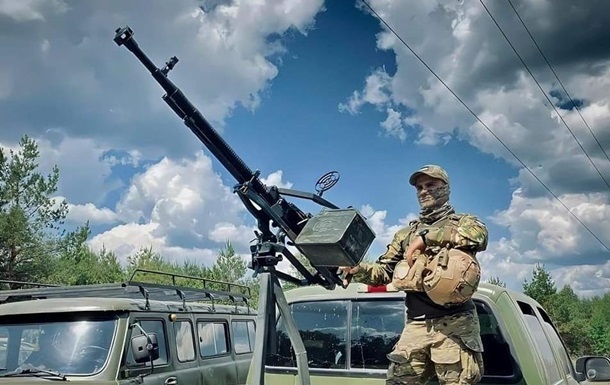
Countering adapted Russian air defense missiles
The Russians are modifying air defense missiles for ground attacks by sacrificing accuracy for greater range, Shevchuk explains. Still, these remain challenging targets due to their speed.
Systems like the S-300 are designed to destroy fast, maneuverable aircraft. Intercept speeds are extreme, with engagement times measured in seconds. Current Ukrainian air defenses cannot counter such threats. The only recourse is destroying launch vehicles while they are still on Russian soil.
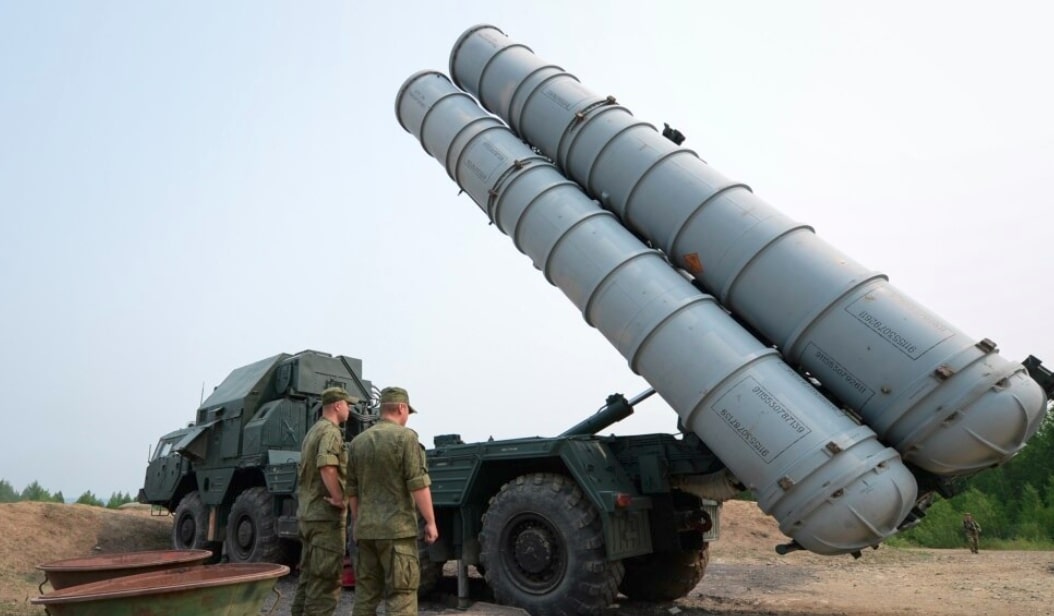
Ukraine now has anti-radar missiles from allies, like the HARM, which home in on emission sources. However, strikes into Russian territory are prohibited, limiting how border towns can be protected.
“This is the problem for border areas,” Shevchuk concludes. “Perhaps the Russian Volunteer Corps could organize another raid on Voronezh…”
Do not underestimate the enemy
“Underestimating the enemy will cost you dearly,” warns Shevchuk.
The Russians employ saturation attacks, calculating that overwhelming defenses will allow some missiles to hit targets even if most are intercepted.
“One problem with Russia’s failures may be their own propaganda,” Shevchuk suggests. Overconfidence in fictional superweapons like hypersonic missiles undermined realism.
Putin likely believed his military was unstoppable, seduced by propaganda myths. But Russian systems have proved average at best when actually tested in Ukraine. The failure of touted “wonder weapons” against Ukraine’s defenses shattered Russia’s reputation, hurting weapons exports.
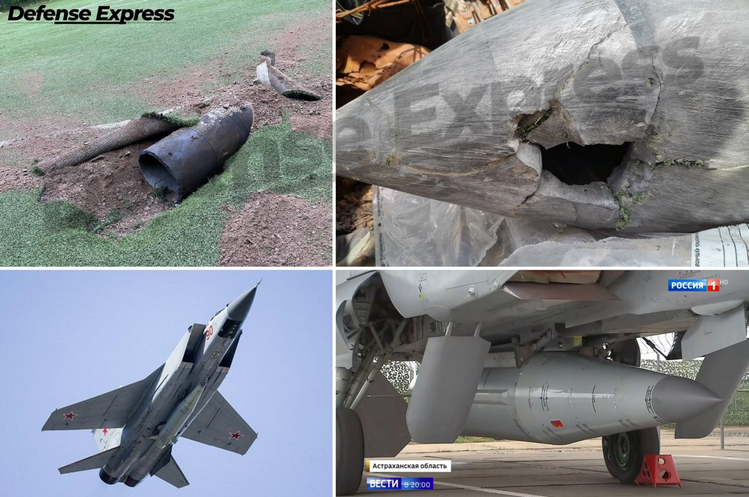
Preparing for potential nuclear escalation
“We’re preparing for everything,” says Shevchuk regarding nuclear threats.
Tactical nuclear weapons would likely be Russia’s first nuclear option, not strategic systems, Shevchuk assesses.
Intercontinental missiles deliver warheads across continents. But for strikes on nearby Ukraine, shorter-range tactical nuclear weapons make more sense.
Ukraine can still attempt intercepts if Russia uses nuclear-tipped missiles like the Kinzhal or Iskander. Detonation risks mid-flight are low if the warhead simply falls, Shevchuk explains:
“A nuclear warhead is complex. Separate parts must rapidly combine to reach critical mass and create a chain reaction. If the missile is destroyed and the warhead descends intact, chances of accidental detonation from impact are small.”
Tactical nuclear artillery shells present another threat. The USSR prepared these for breakthrough offensives, to overwhelm enemy defenses that conventional artillery couldn’t readily eliminate.
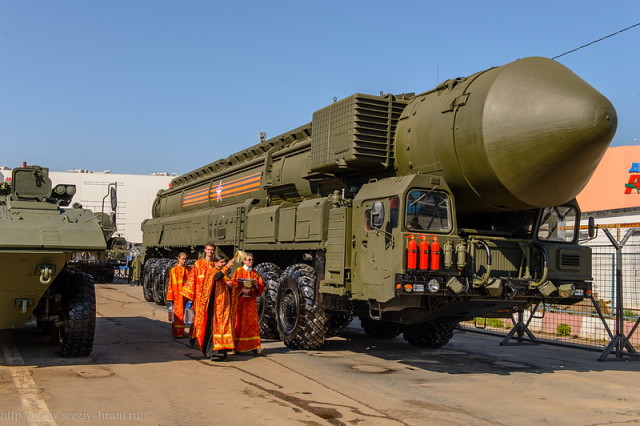
Operational security
Air defense operations require careful secrecy in this mobile battlefield, Shevchuk stresses. Revealing unit locations or tactics helps Russia optimize follow-on strikes.
“With the invasion, we mobilized many IT specialists into our units,” he adds. They develop tools like the “E-Air Defense” smartphone app, allowing civilians to report incoming aerial threats.
Radar coverage has gaps, especially at low altitudes. But crowdsourcing sightings from average Ukrainians fills information holes, cueing air defenders.
“Missiles mainly fly too low for radar detection. But people might see them from their garden and report the vector, alerting our systems about incoming threats.”
Constant improvement through evaluation and innovation
Total air defense coverage is impossible, Shevchuk says. The key is shielding strategic sites to deny Russian air superiority and degrade missile effectiveness.
“Covering all of Ukraine is unrealistic. Even the massive Soviet military didn’t achieve total coverage. Only key areas were protected like Moscow and vital military facilities. Israel also focuses on selective defense of population centers and critical infrastructure. If a missile overflies empty desert, defenders conserve resources.”
Current Ukrainian air defenses intercept 80-90% of Russian missiles. Aviation no longer dares enter national airspace. Reinforcing fronts where guided bombs remain a threat is the last gap.
Layered, overlapping systems provide resilient defense, not individual complexes. Long, medium, and short-range radars cue different missile batteries tailored to intercept at specific distances.
“Placing short-range systems at defended sites is inadequate. We need early warning to react in time… Activated complexes can’t run constantly, either. Equipment must cool, reload, and undergo maintenance.”
Fighter aircraft fill coverage gaps between ground-based air defense zones. NATO has a more air-centric doctrine, while former Soviet states emphasize ground systems.
“Our historical focus was surface-to-air missiles, but we integrate fighter aviation as well,” Shevchuk says. Ground systems have proven extremely effective in Ukraine’s experience, likely influencing future NATO thinking, but mobile air power remains essential.
Continuous improvement comes through candid evaluation and innovation, Shevchuk emphasizes. Crews give Western partners direct feedback on system performance and needs.
“Even advanced systems like Patriot and IRIS-T have deficiencies we identify through real-world experience. We work closely with manufacturers to refine training and hardware. It’s a two-way street—Western armies will benefit as well.”
Adapted and translated by Bohdan Ben




